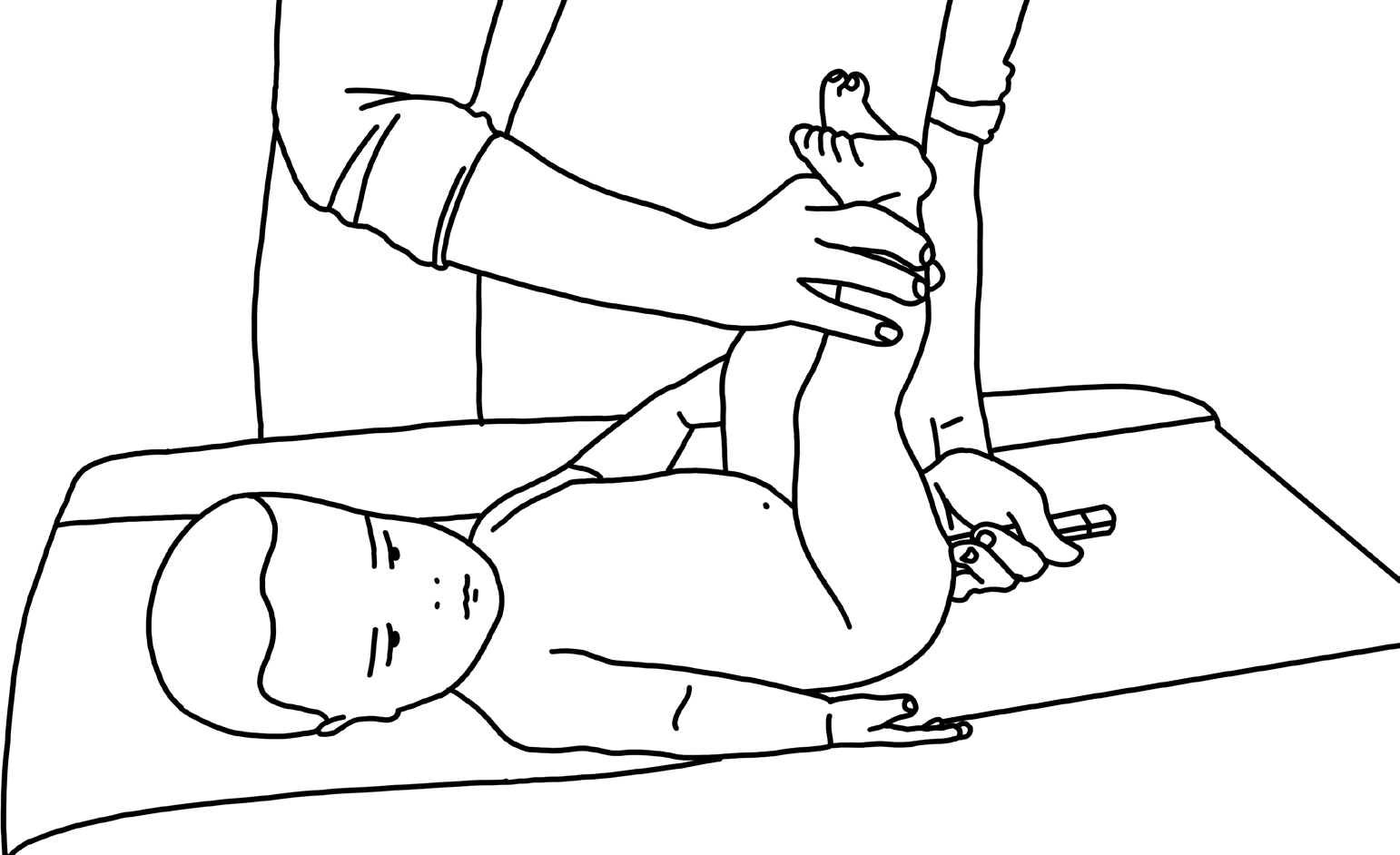Use These Guidelines to Decide When to Seek Medical Care
| Age | Temperature | Response |
|---|---|---|
| Less than 3 months of age | Rectal temperature 100.4° F (38° C) or higher and/or acting sick (pale, fussy, loss of appetite) | Needs immediate medical help. Always check rectal temperature in infants. |
| 3 to 6 months of age | Rectal temperature 100.4° F (38° C) or higher and/or acting sick (fussy, ill-appearing, or seems uncomfortable) | Call your doctor. |
| 6 months to 2 years of age | Rectal temperature 100.4° F (38° C) or higher and/or acting sick | Call your doctor if your child acts sick or the fever lasts more than 1 day. |
| Over 2 years of age | Oral temperature higher than 102° F (38.9° C) | Fever is less likely to be due to a life threatening illness. Try rest and plenty of fluid. Call your doctor if you are concerned or see other signs of serious illness. |
When to Seek Immediate Medical Attention
- Temperature 104° F (40° C) or higher, or 100.4° F (38° C) for infants.
- The person is difficult to wake up, or looks and acts very sick.
- An infant or child with a fever who also has any of the following: a seizure, a stiff neck, trouble breathing, abdominal pain, pain with urination, an unusual rash including purple skin spots, or dehydration—not making wet diapers or tears, a dry mouth, refusing fluids.
- A child who is unable to communicate and is not speaking or looking at you.
- A teenager or adult with similar concerns to those above should seek medical care.

Using Digital Thermometers
- Rectal thermometer (newborn to 4 years of age): Put a dab of petroleum jelly on the tip and gently insert the bulb ½ to 1 inch into the rectum. Fever is 100.4° (38° C) or higher. (Diagram 20)
- Temporal artery thermometer (3 months of age and older): Sweep across the child’s forehead toward the top of an ear. Fever is 100.4° (38° C) or higher.
- Oral thermometer (4 years of age and older): Hold under the tongue with lips closed. Fever is 100° F (37.8° C) or higher.
- Ear thermometer (less accurate; 6 months of age and older): Gently insert into the opening of the ear. Fever is 100.4° (38° C) or higher.
- Armpit thermometers (less accurate): place under the armpit. Fever is 99° F (37.2° C) or higher.
- Do not use forehead strips. They are not accurate.
Treating Fevers at Home
- Cool person by removing extra clothing, and encourage cool fluids and quiet activity.
- Medications can help reduce fevers and pain.
- Acetaminophen (Tylenol®, etc.) every 6 hours.
- Ibuprofen (Motrin®, Advil®, etc.) every 6-8 hours (only for children 6 months and older).
- Check the dose and how often to give medicine with your doctor.
- Do not give aspirin to anyone 18 years old or younger, unless prescribed by your doctor.
- Lukewarm (not cold) sponge bath or shower ½ hour AFTER being given acetaminophen or ibuprofen.
